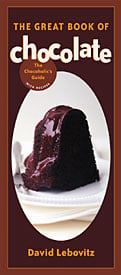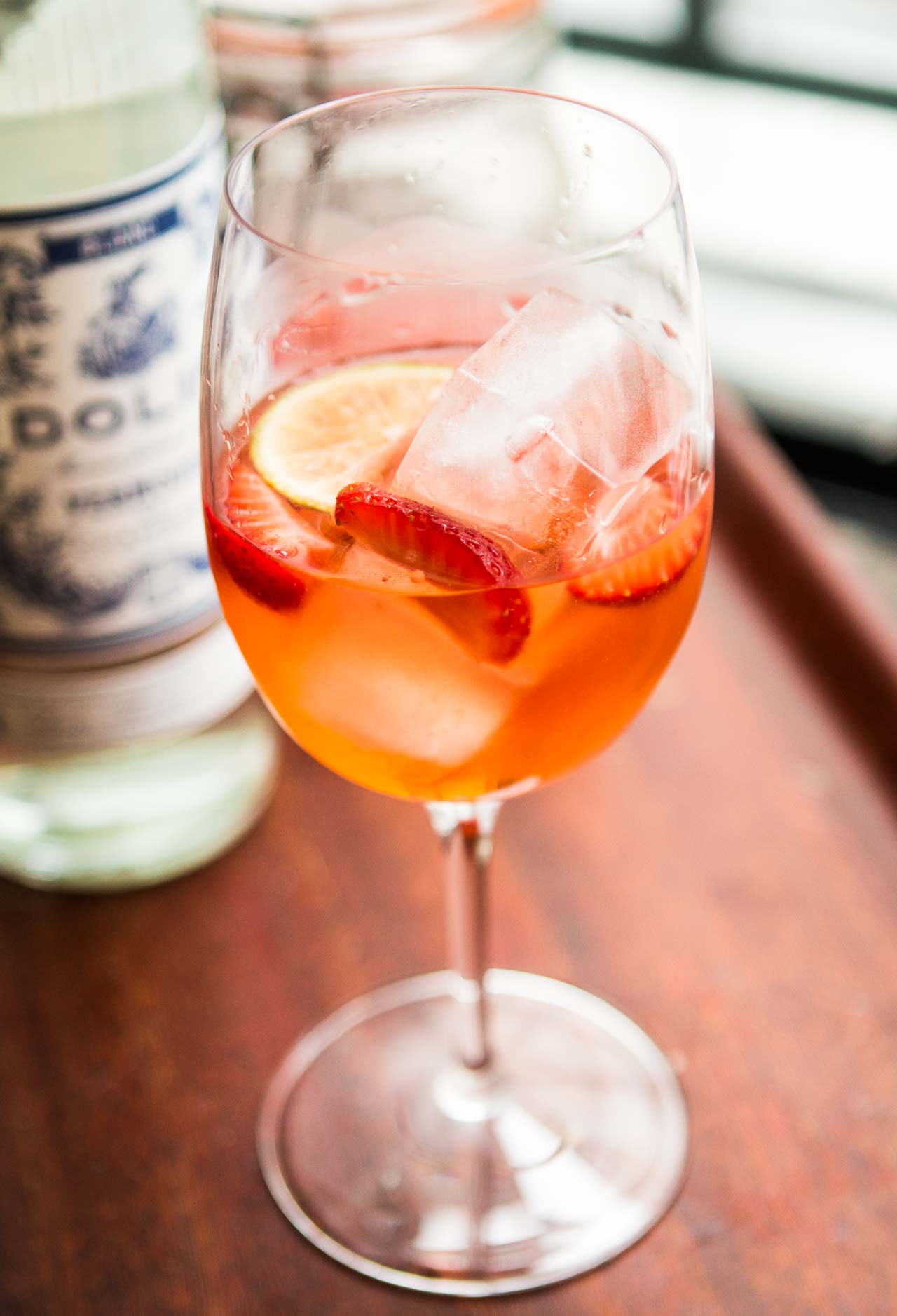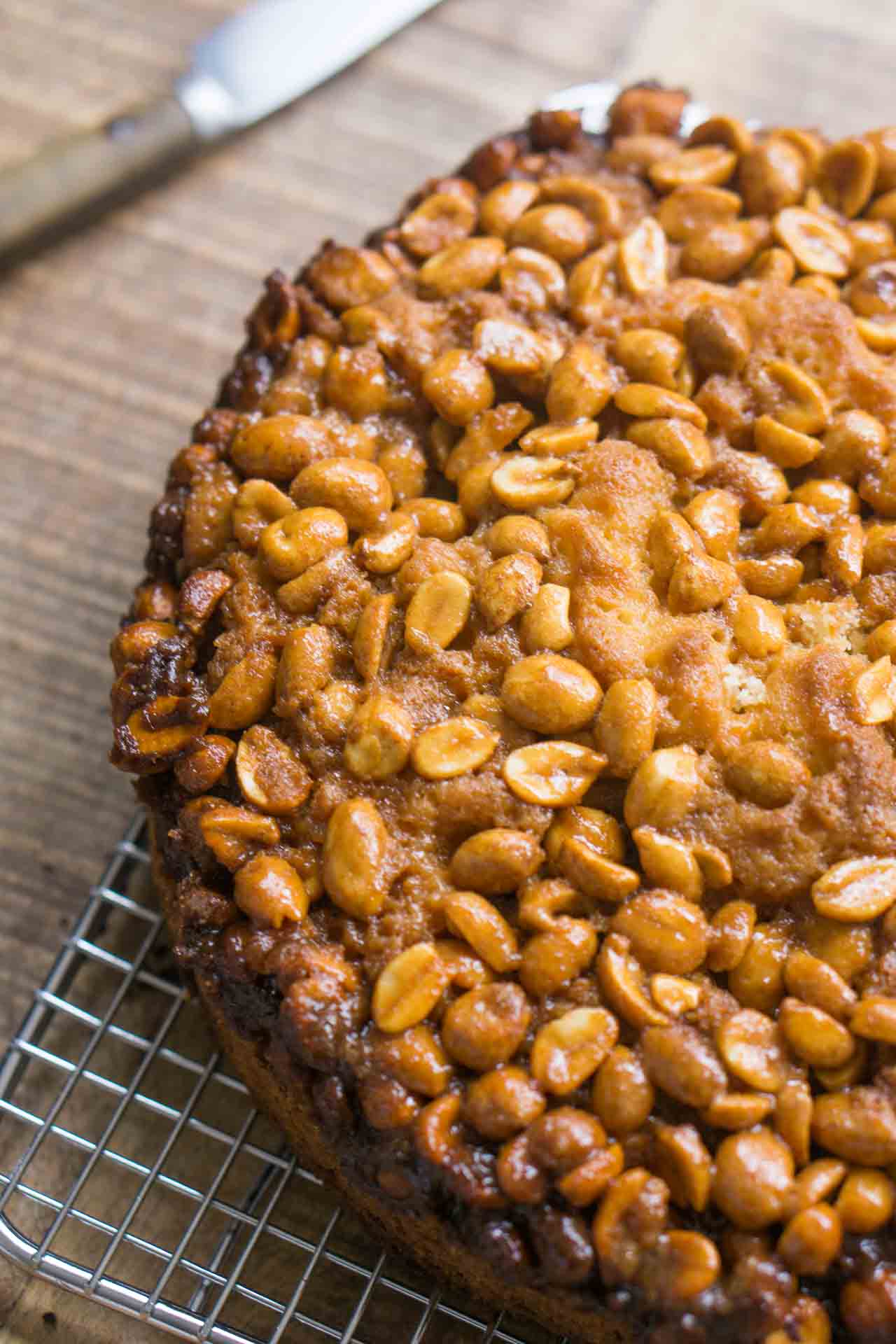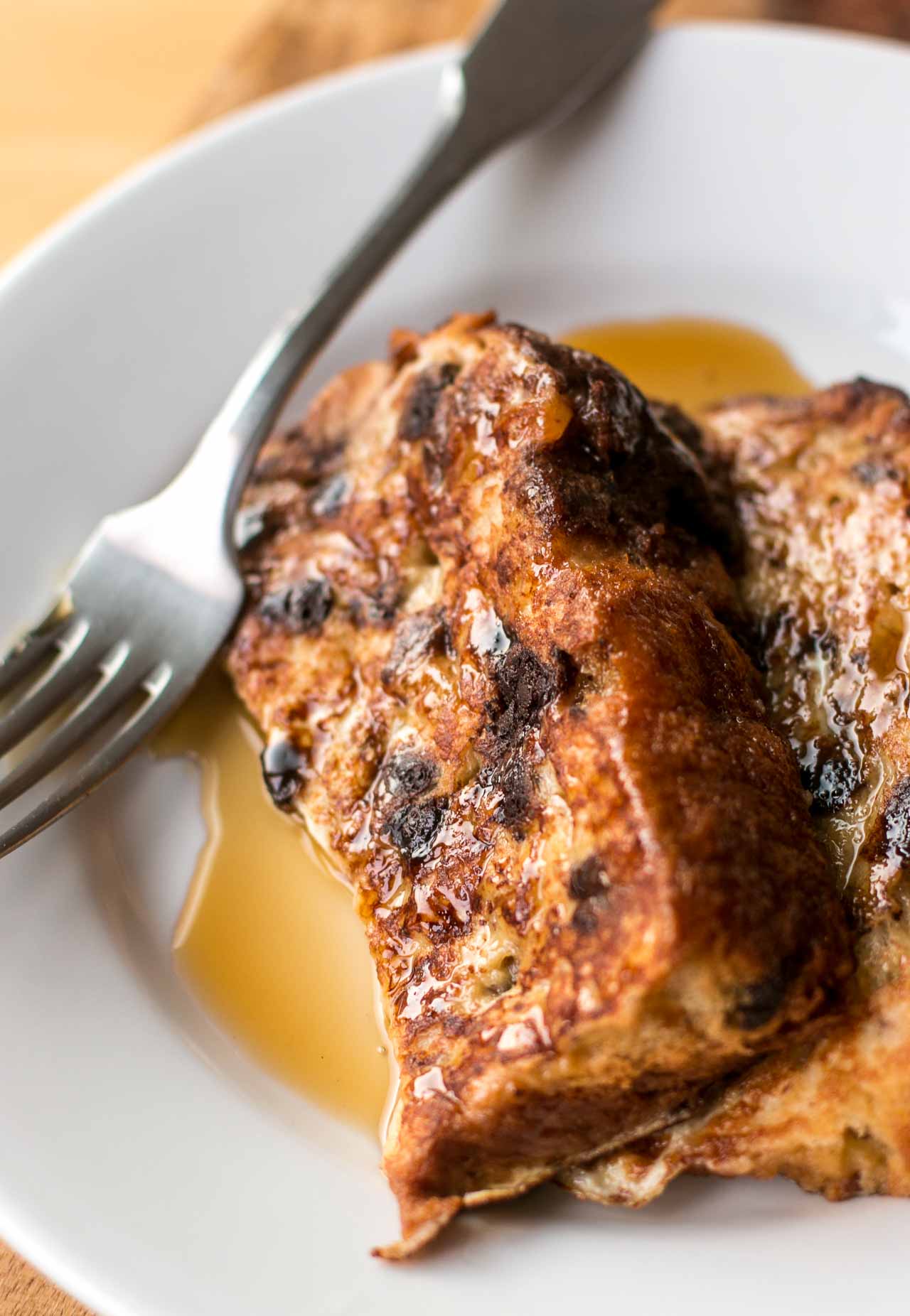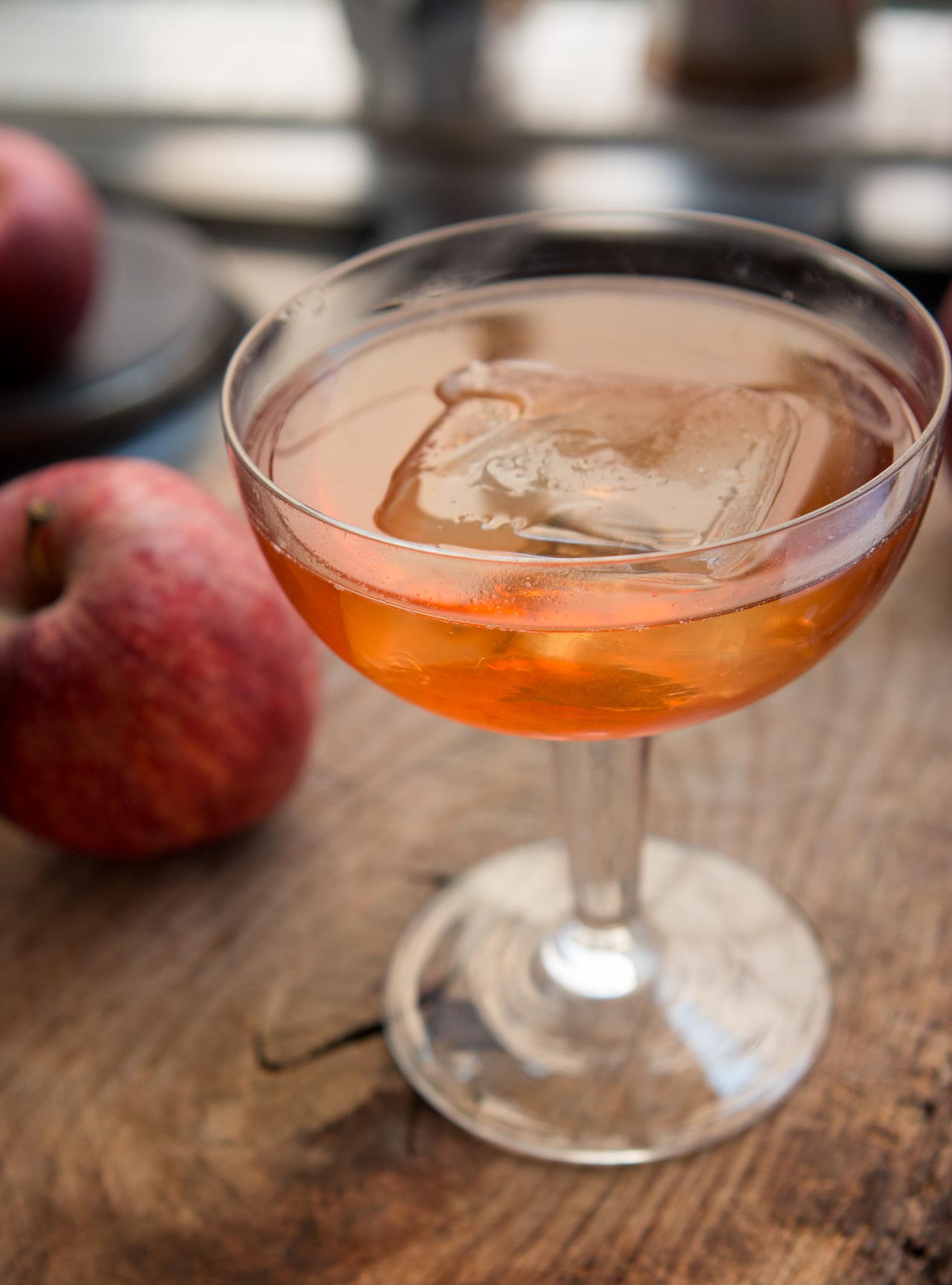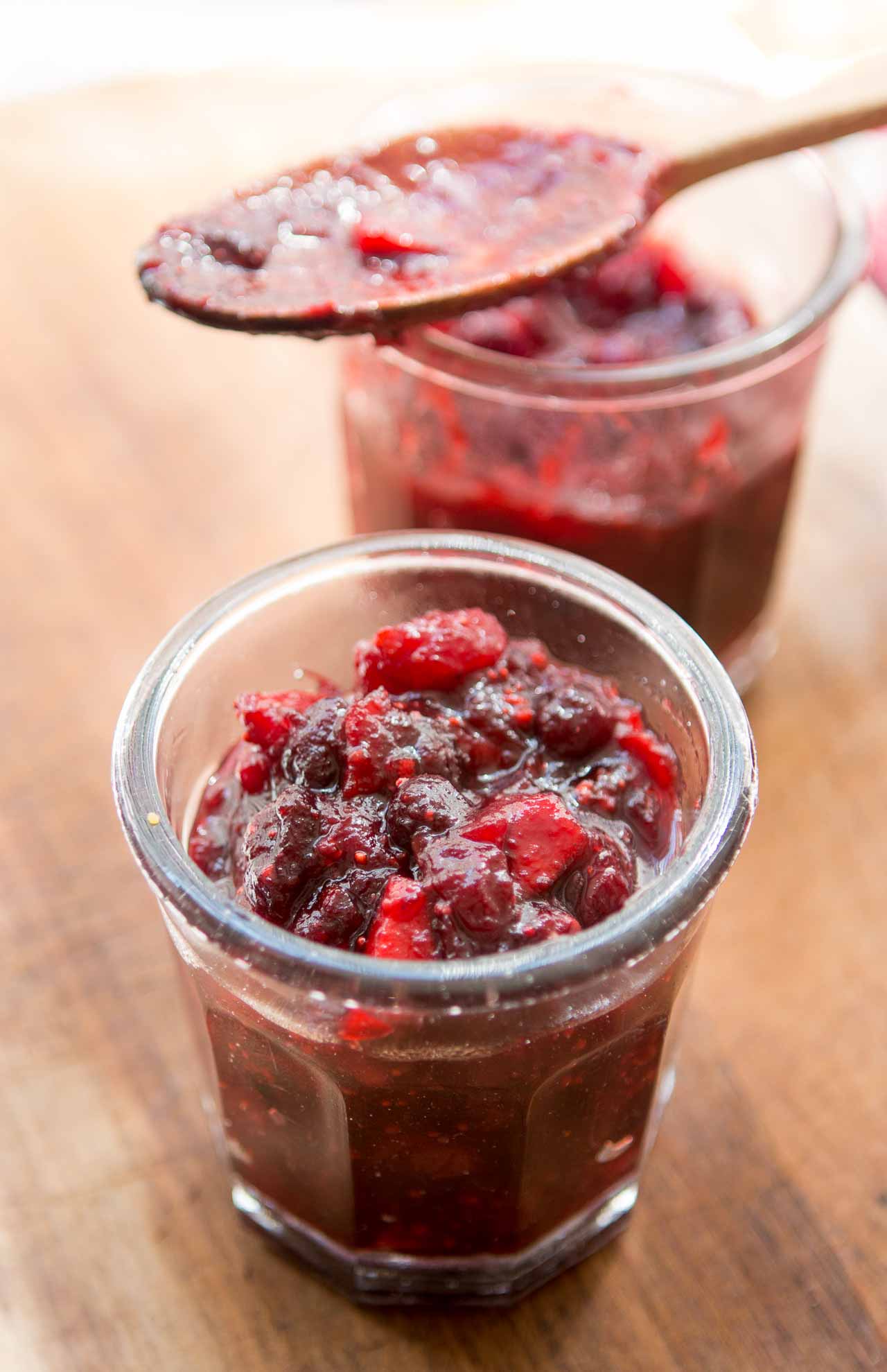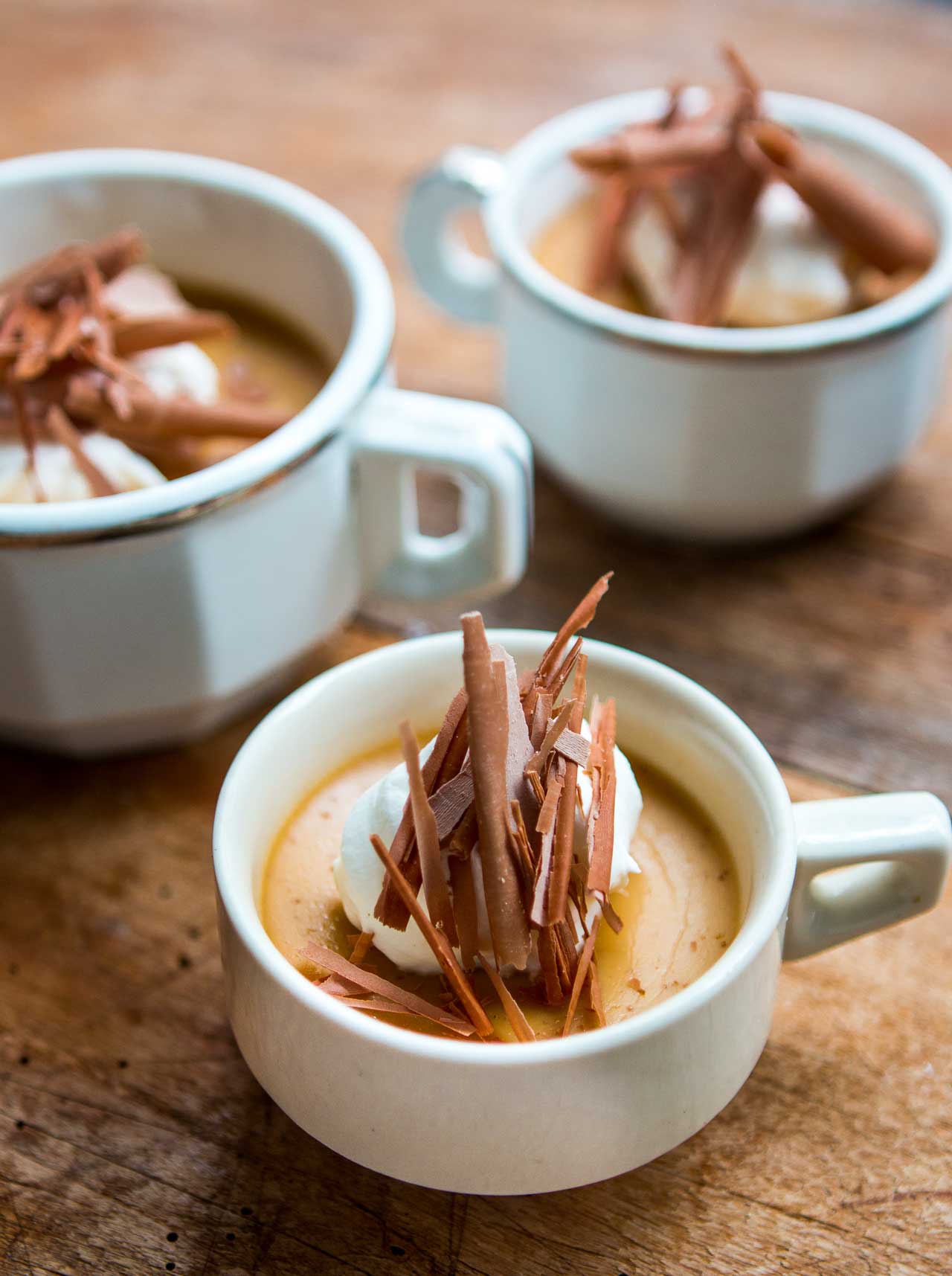Chocolate Percentages
Since I wrote the book on chocolate I realize that I should be blogging more about chocolate, but all the answers to many of your chocolate questions can easily be found in The Great Book of Chocolate. This book is the ultimate guidebook to the world of chocolate and a wealth of information with delicious recipes. If you’re like me and can never have enough chocolate, this is the book for you.
Want to know the difference between bittersweet and semisweet chocolate? What’s the difference between Venezuelan and Ecuadorian cocoa beans? Which country produces the best chocolate? Which chocolatiers worldwide produce the most interesting and scrumptious chocolates? All the answers, and everything else you’ve ever wanted to know about chocolate, can be found in The Great Book of Chocolate.
One of the most common misconceptions about appreciating chocolate is that you should base your opinion on the percentage of cacao in the bar. The was reinforced this week when a close friend came to visit, and brought me a tablet of the fantastic chocolate from Cacao Sampaka in Barcelona, which I profiled for Saveur magazine last year in their 100 Best issue. Like everyone that I bring into chocolate shops, he was raving because the chocolate tablet that he graciously brought me (albeit half-eaten) was 71%! (…insert his enthusiasm here.) Like lots of people, everyone seems to expound upon the theory that the higher the better. (…insert everyone’s question here… “But what about anti-oxidants?…)

I like my friend very much and he may be reading this and if he is, I want him to continue to bring me care packages from Target and Trader Joe’s on his return visits so I don’t want to make him feel cuplable (well, maybe a little.) But I feel compelled to get folks to understand that the exact percentage of cacao in the bar is truly unimportant to the taste or even the bitterness. I’ve had chocolate bars that are 99% cacao that were palatable and other bars that were 80% cacao that were bitter and inedible (and I like very bitter chocolate.) I’ve had 90% bars that were amazingly good and smooth, while others were 60% and were crumbly and mushy.
So quit throwing your nose up in the air and saying, “I only eat chocolate that’s at least 75%.” To me, the numbers are, um, interesting, but not what I look for when evaluating chocolate, since by muddy chocolate-colored logic, that argument means that the 75% chocolate is inherently better than a 70% chocolate. It’s amazing with this analytical mind that I didn’t make my mother proud and become the lawyer (or better yet, the doctor) that she always wanted in the family.
Look what I have. Two Italian chocolates from Baratti & Milano in Torino:
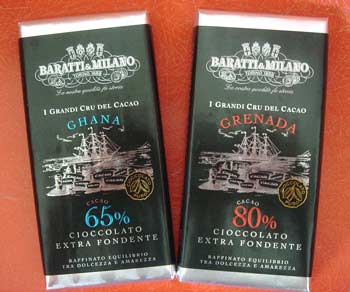
One is 65% and the other is 80%. Does that mean the 60% is the worse of the two and should be avoided at all costs? You’ll also notice one is made from beans from Ghana and other from beans from Grenada. Quick: which one is better?
It means little to judge a chocolate based simply on a number (or origin, but that’s information that can be found in the book.)
Why?
The percentage doesn’t take into account…
The variety of beans,
or…
The quality of the beans,
or…
The careful roasting of the beans,
or…
The blending of the beans by the chocolate-maker,
or…
The sweetness of the beans themselves,
or…
The acidity of the beans themselves.
I think part of the reason many of us Americans are hung up on high numbers (which is why we never adopted the metric system) because It sounds so much better to say, “Oh my gosh! It was 105 degrees today!” rather than, “Mon dieu, it was an unbelievable 40 degrees today!”
John Scharffenberger of ScharffenBerger chocolate says to pretend you’re Helen Keller when tasting chocolate; Don’t read the label and don’t listen to what others tell you. Taste the chocolate and judge for yourself. If you like it, it’s good chocolate!
